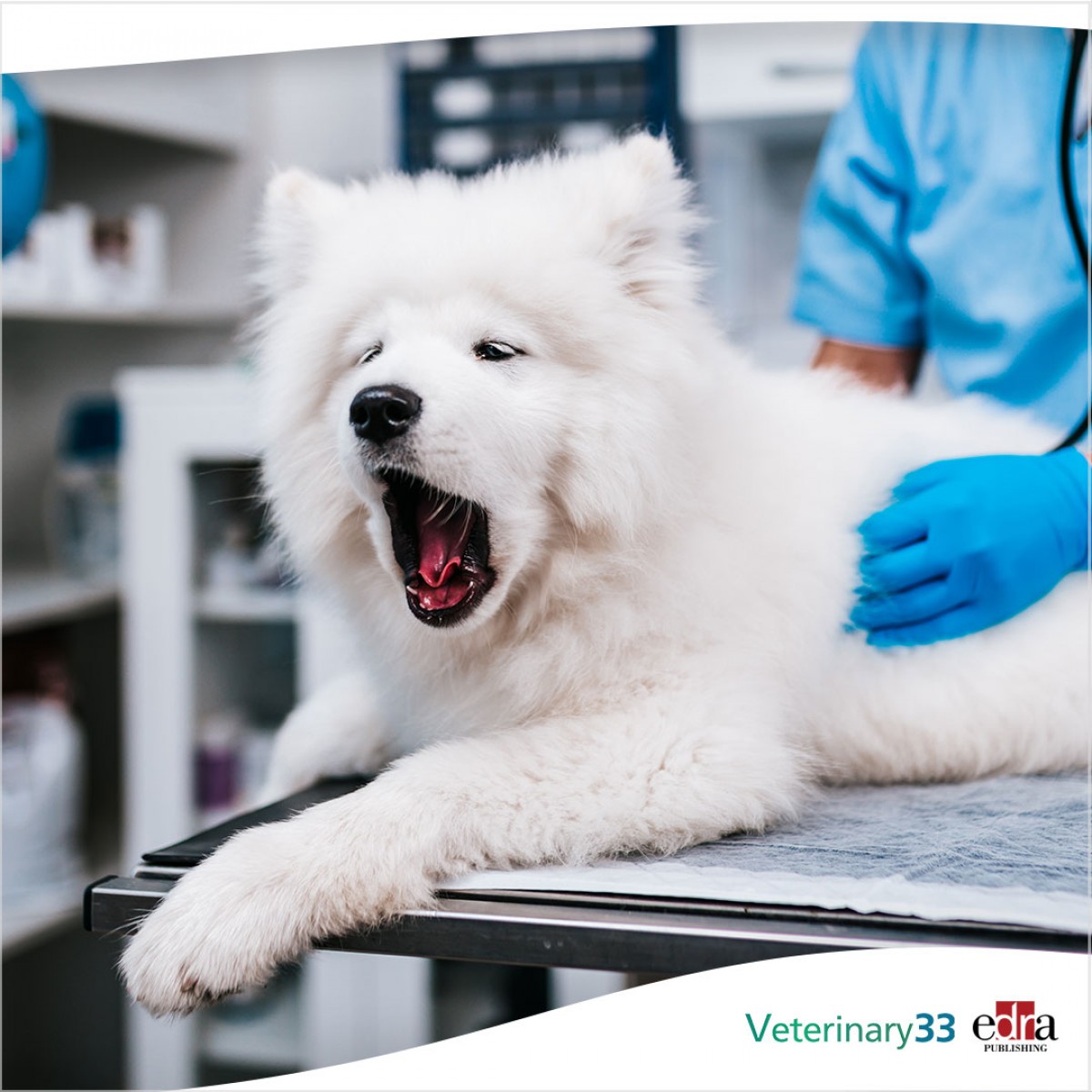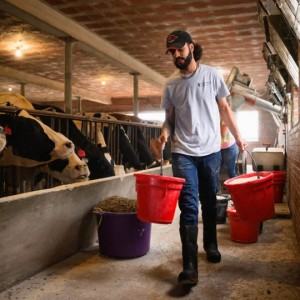Echocardiographic indicators of fluid responsiveness in hospitalized dogs with compromised hemodynamics, tissue hypoperfusion
The objective of this study was to evaluate the accuracy of selected echocardiographic variables used to predict fluid responsiveness in hospitalized dogs with compromised hemodynamics and tissue hypoperfusion.
Forty-four hospitalized dogs with compromised hemodynamics and tissue hypoperfusion were enrolled in this study. Echocardiographic examination before and after fluid replacement with 30 ml/kg of lactated Ringer's solution was performed.
Measurements, main results
The authors found that pre-fluid replacement measurements of velocity of transmitral E wave (E-peak), the left ventricular end-diastolic internal diameter normalized to body weight (LVIDdN), and the left ventricular end-systolic internal diameter normalized to body weight (LVIDsN) were significantly lower in fluid-responsive patients compared with nonresponders (P < 0.001).
The area under the receiver operating characteristic curve (AUROC) with its 95% confidence interval (CI) for each significant predictor was as follows: E-peak 0.907 (0.776-1.000, P < 0.001) and LVIDdN 0.919 (0.801-1.000, P < 0.001). The predictive capacity of LVIDsN was not significantly better than chance (AUROC, 0.753; 95% CI, 0.472-1.000, P = 0.078).
A significant negative linear correlation was observed between the percentage of increase in velocity-time integral after expansion and the echocardiographic variables LVIDdN (rs = -0.452, P = 0.023) and E-peak (rs = -0.396, P = 0.008) pre-fluid replacement. The intraobserver and interobserver variability was very low (<5 %) for all measurements.
The researchers conclude that pre-fluid replacement measurements of LVIDdN and E-peak adequately predict fluid responsiveness in critically ill dogs with compromised hemodynamics and tissue hypoperfusion. Because a small number of fluid nonresponders were involved in the present study (11.4%), further studies that include larger numbers of fluid-nonresponsive animals are required.
Pablo A Donati, et al. “Echocardiographic indicators of fluid responsiveness in hospitalized dogs with compromised hemodynamics and tissue hypoperfusion.” J Vet Emerg Crit Care (San Antonio). 2022 Sep 20. doi: 10.1111/vec.13255.









List
Add
Please enter a comment